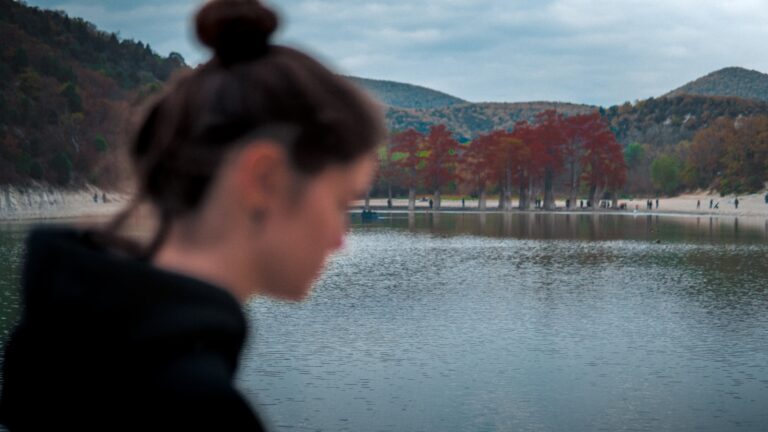A Nice Ceramic City
No surprise that when most people think of the Netherlands, they first think of tulips, windmills, or the “orange wave” in football. However, this country also has another attraction: Delft 
Ceramics in Delft are collectively called “Delft blue” or “Delft ware” – exquisite traditional earthenware products that originated in the city of Delft over 500 years ago and are still handmade to this day. From the shaping process, firing, to the decoration with the skilled brush strokes of the craftsmen-artists.
The most prosperous period of Delft was from the 17th century to the end of the 18th century. At that time, Delft had an area of only 24 km² but boasted 32 workshops, with many talented and skilled artisans capable of creating exquisite porcelain products.
Despite having gone through countless ups and downs, the Delft Blue ceramics line still retains its traditional identity. But now there is only one main workshop still in operation: the royal porcelain factory Porceleyne Fles. The artisans of the workshop still diligently create exquisite works of art with blue patterns on a white ceramic background.
I once visited the royal Porceleyne Fles pottery workshop, observing them embellishing patterns and designs on souvenirs, with vases and plates being the main products here. And I had the chance to chat with the artisans, listening to them passionately talk about Delft Blue pottery. Most impressive was when they mentioned that some Dutch master potters had been copying Chinese porcelain since the early 17th century.
According to them, the beauty of Delft ceramics lies in the decorative patterns on the ceramics. The Dutch masters did not rely on Chinese-style floral and faunal motifs; they freely decorated ceramics, localizing them with Dutch symbols such as tulips, windmills, and even fishing boats.
Back then, because Delft ceramics were still cheap, the workshops in Delft supplied mass-produced wall tiles with decorative patterns. To this day, in France, there are still many houses, castles, and swimming pools that preserve this type of wall tile.
They also mentioned that it wasn’t until 1876 that the Delft Blue product line flourished thanks to the efforts of an engineer – Mr. Joost Thooft. Due to his passion for ceramics, he purchased the Porceleyne Fles pottery and researched to create high-quality products.
The new product line quickly garnered attention. By 1919, the Queen of the Netherlands had granted permission to use the title “Koninklijke,” meaning “Royal,” for products from the Porceleyne Fles pottery. Since then, it added this term to the workshop’s name – Royal Porceleyne Fles – and to its products – Royal Delft, another name for Delft Blue.
This type of Dutch pottery later became so popular that Chinese and Japanese kilns replicated these decorative motifs on porcelain to export to Europe!
In recent years, no less than the high-end Jingdezhen porcelain (Jiangxi, China), the authentic Delft Blue ceramics continue to be world-famous. To the point that it has even been counterfeited!
And in recent years, a market for fake Delft Blue has emerged. Tourists, whether accidentally or intentionally, have bought these fake items, considering them souvenirs from a trip to this country below sea level!
Founded in 1834, the Royal Sphinx company in Maastricht, Netherlands, is the main producer of Delf Blue imitations. Delf Blue is also known as Royal Delft, often featuring a crown symbol on the bottom of the product. But this does not mean it is the original, as this symbol has been used by businesses like Royal Sphinx. Another company, Koninklijke De Porceleyne Fles, established in 1635, also produced imitation Delf Blue.
If you want the real deal, you definitely have to go to the royal Porceleyne Fles pottery workshop in Delft, just an hour’s train ride from Amsterdam, the capital of the Netherlands. It’s expensive, but it’s definitely valuable because it’s from the original manufacturer!




